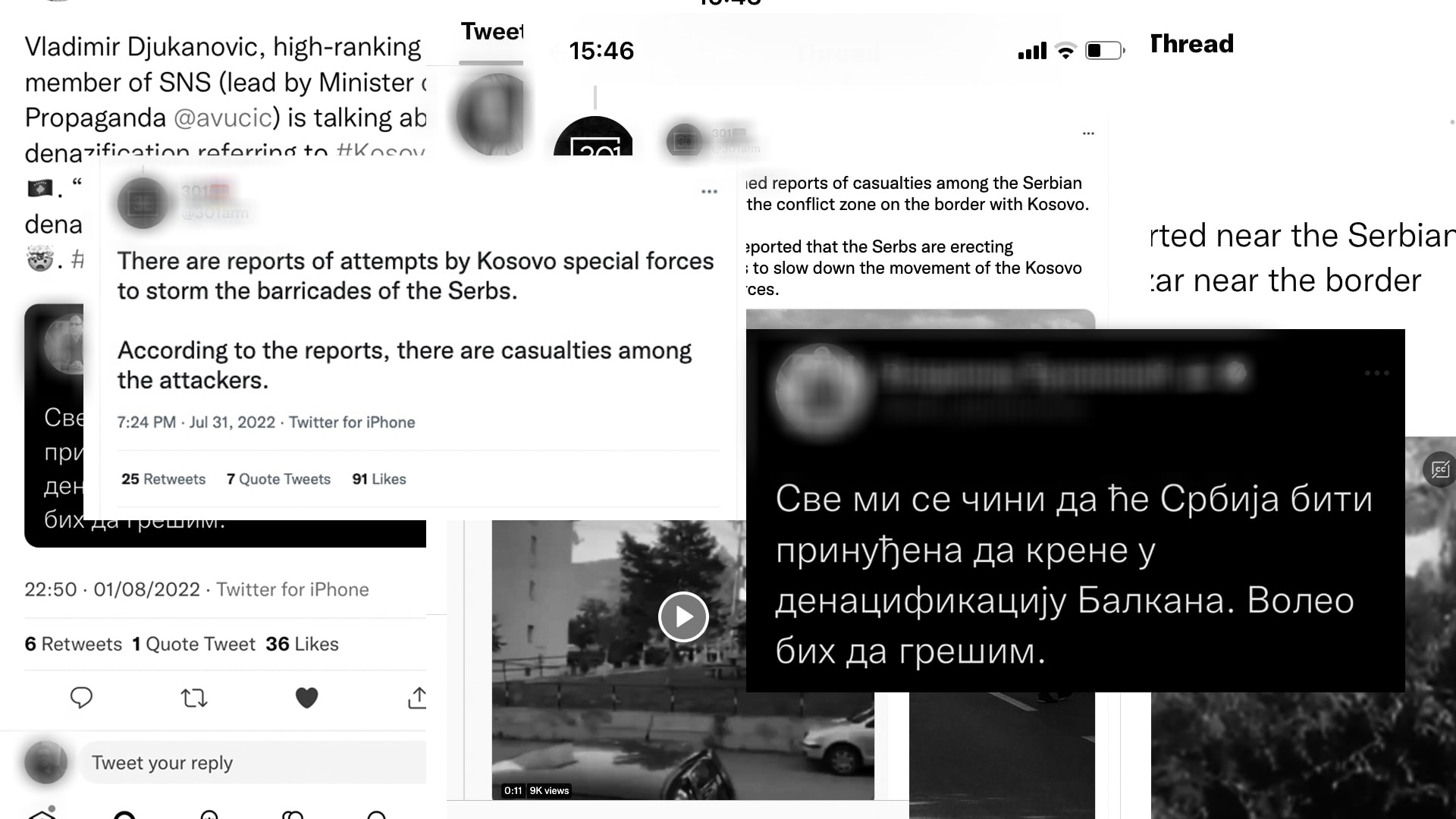
The media escalated the situation
Instead of opposing information chaos, some Kosovo media outlets created it.
|24.08.2022
|

Abit Hoxha
Abit Hoxha is a lecturer and researcher at the University of Agder in Norway. He has academic experience in media research in conflict in Africa, the Middle East and Europe.
He holds a master's degree in Journalism and one in Defense and Development Policy. Currently, is doing his PhD at LMU Munich in the field of conflict news production. He is a co-researcher for the Worlds of Journalism Study on Kosovo.
You can follow him on Twitter at @abithoxha.
DISCLAIMERThe views of the writer do not necessarily reflect the views of Kosovo 2.0.
This story was originally written in Albanian.